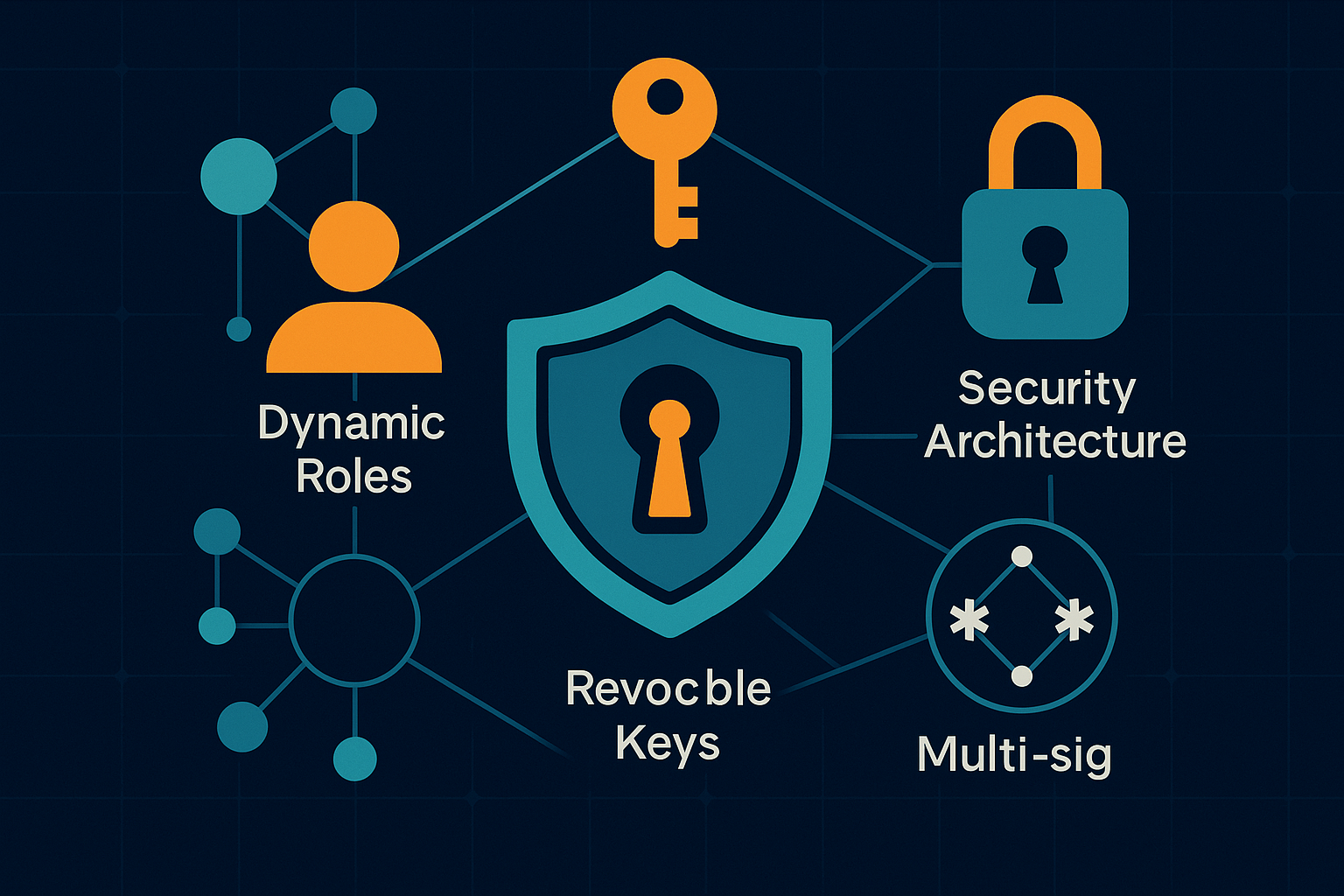The phrase “code is law” has echoed through crypto circles since Lawrence Lessig coined it in the early 2000s, but WorthyTrust takes the slogan from theory to practice. Instead of drafting hundred-page deeds and relying on clerks, judges, and trustees to interpret them, we embed core legal principles directly into smart-contract logic. The result is a “legal-lite” framework: rigorous enough to protect grantors and beneficiaries, lightweight enough to deploy in minutes, and flexible enough to survive shifting regulations.
Why “Legal-Lite” Beats “Lawyer-Heavy”
Traditional trusts anchor their authority in statutes and precedent. That makes them powerful—but also slow, expensive, and jurisdiction-bound. A single amendment might require notarization, new filings, and thousands in legal fees. WorthyTrust’s approach keeps only the essentials: clear intent, verifiable parties, and explicit conditions for asset release. Everything else—the enforcement, record-keeping, and audit trail—lives on-chain where it is immutable, borderless, and cryptographically secure. By stripping away ceremony without sacrificing certainty, we give users the protections they need minus the drag they hate.
How Code Captures Legal Intent
In conventional practice, a trust deed spells out “who, what, when, and how” in dense prose. In WorthyTrust, those same elements become smart-contract parameters. The grantor’s wallet address replaces the signature block; beneficiary addresses replace named heirs; trigger functions encode time schedules, oracle-verified life events, or multi-sig approvals. Because conditions are literal code, they cannot be misinterpreted or selectively enforced. A trustee can’t delay payouts, a court can’t freeze assets on a technicality, and a clerical error can’t void a clause—execution is deterministic.
Jurisdiction Without Borders
Critics often ask, “What happens if a judge disagrees with your contract?” The short answer: very little. On a public blockchain, control is dictated by private keys, not local courts. That doesn’t mean we ignore regulatory reality. WorthyTrust designs contracts to comply with widely accepted fiduciary principles—duty of loyalty, duty of care—while allowing optional compliance modules for specific jurisdictions. If you need FATF travel-rule reporting, GDPR privacy layers, or U.S. Uniform Trust Code alignment, you can add the relevant module without touching the core vault. Think of it as a multi-layer cake: universal logic at the base, localized toppings as needed.
Auditability by Design
Legal disputes thrive on ambiguity, but smart contracts thrive on transparency. Every action inside a WorthyTrust vault—asset deposit, parameter change, oracle check—generates an on-chain event that anyone can audit in real time. This isn’t just about catching bad actors; it builds confidence. Beneficiaries can watch their future distributions accumulate instead of waiting for quarterly statements. Donors can see charitable endowments flow precisely on schedule. And external auditors can verify solvency without intrusive data requests.
Handling Edge Cases
What about black-swans—bugs, hacks, or catastrophic key loss? WorthyTrust employs battle-tested libraries, formal verification, and staged audits to minimize defects. Vaults include optional social-recovery and multi-sig fallback mechanics, so losing a single key doesn’t maroon assets forever. If a critical vulnerability were discovered, the upgradeable-proxy pattern allows emergency patches with multi-party approval—similar to how a court might grant injunctive relief, but measured in minutes, not months.
The Road Ahead: Code-Aware Regulation
Regulators are increasingly code-literate, drafting rules that reference cryptographic signatures and consensus protocols. As this trend accelerates, we expect “legal-lite” structures to become the baseline, not the exception. WorthyTrust’s modular architecture is poised for that future: Swap one compliance plug-in for another, update an oracle feed, or integrate zero-knowledge proof layers without rewriting the underlying trust. The platform evolves at software speed while maintaining the legal clarity investors and families demand.
Conclusion
“Code is law” doesn’t mean abolishing the rule of law; it means translating its most important guarantees into a faster, cheaper, and more transparent medium. WorthyTrust’s legal-lite philosophy replaces brittle paperwork with auditable, self-executing logic—delivering trusts that honor intent, resist tampering, and operate flawlessly across borders. In a world where assets travel at the speed of the internet, shouldn’t your estate plan keep up?
Ready to experience law at the speed of code? Deploy your programmable trust today at WorthyTrust.io and secure your legacy—without the legal drag.



